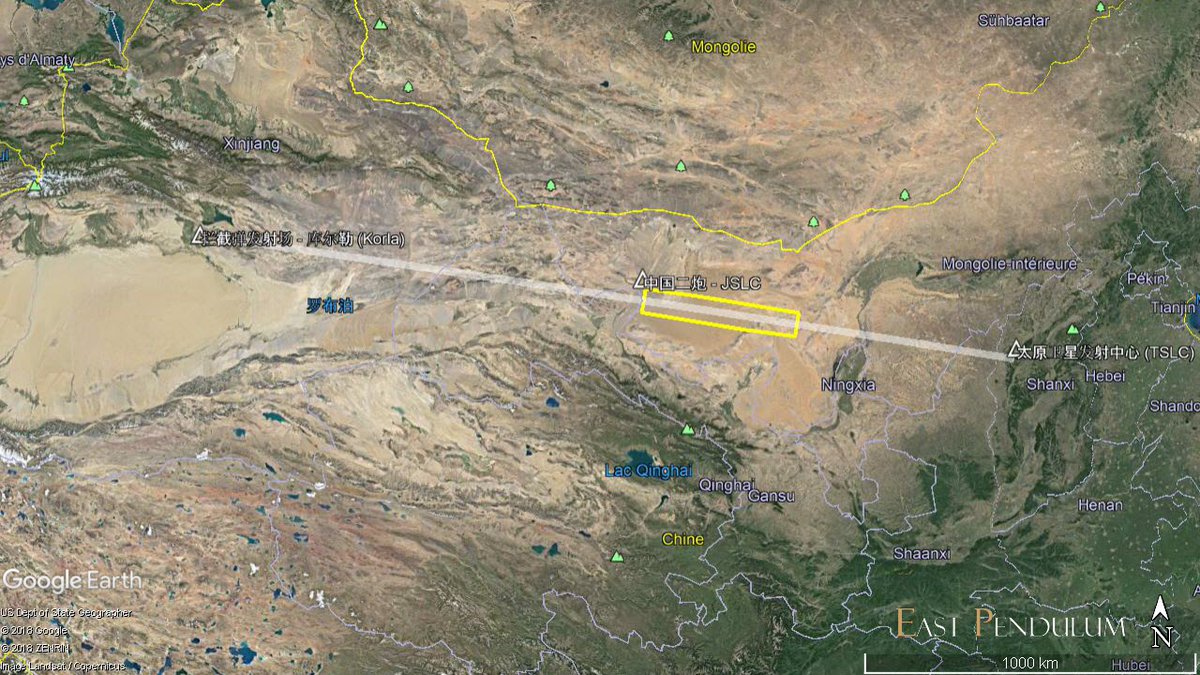Are you sure? At the peak of the ballistic trajectory, the vertical speed of the warhead is zero, while the horizontal speed is something. The warhead then accelerate its vertical speed during the decent, the horizontal speed will decrease due to the air friction and without any force to maintain. At the end of the missile trajectory, depending on the angel, most of the combined speed is gained by gravitational force.It is icBALLISTICm , and the ballistic trajectory has the same speed on both leg, measured at the burn out height.
And generaly, the ballistic trajectory has horisontal and vertical component, each of them the same , so there is change in the vertical speed(full to 0 and full) , but the horizontal stay the same during the full trajectory.
To put it in a extreme analogue, if the warhead is somehow dropped from the peak point without its booster and given an initial horizontal speed, it will reach the same terminal velocity as if it is launched by a booster. That is to say, the ascending phase can be as slow as a hot air balloon, but the terminal velocity (vertical) will be the same as long as the altitude is reached.
I wonder if the 1 minute of 0 to mach 20 is lost in translation, or actually describing the reentry phase, not the ascending phase.


